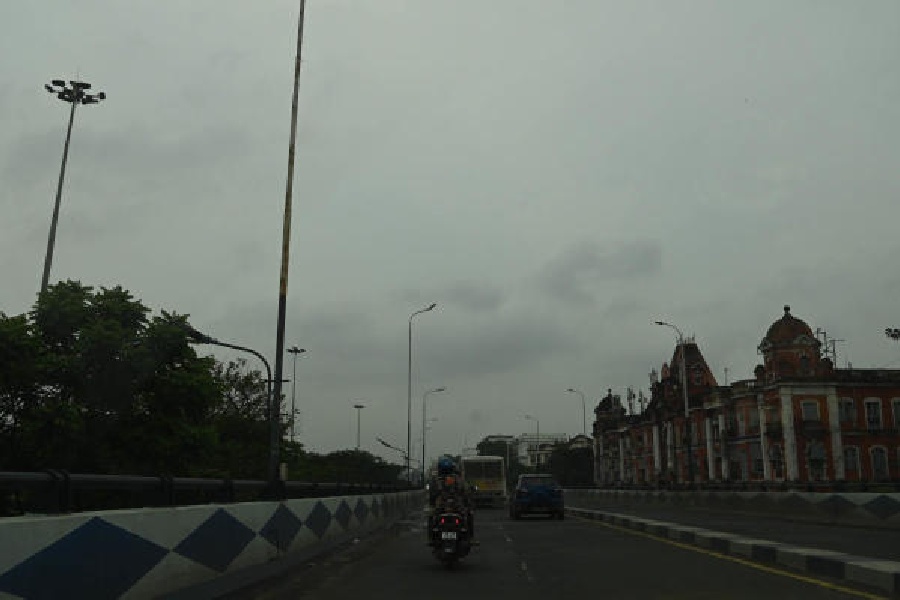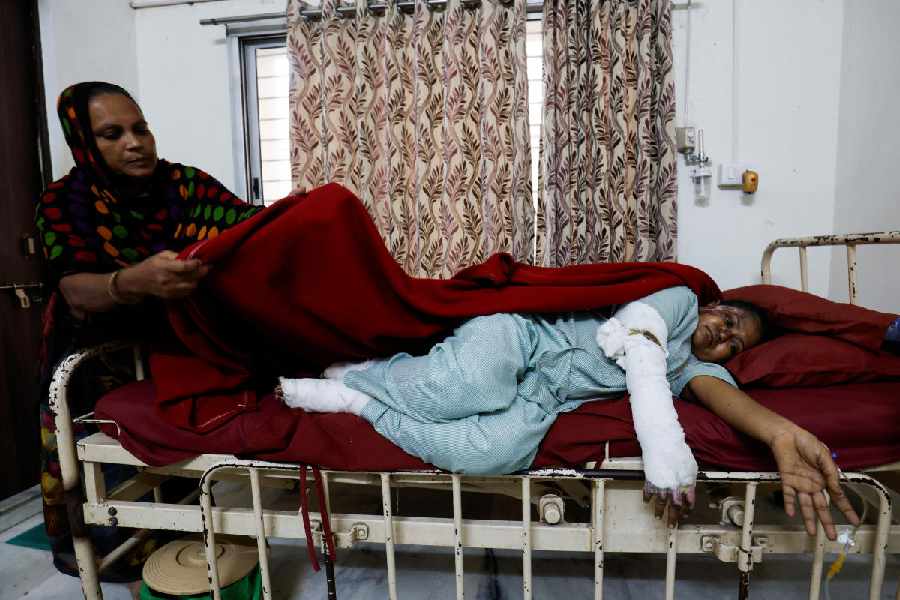Patna, Oct. 10: Archaeological Survey of India (ASI) has decided to collect fresh samples from neo-chalcolithic sites in Chirand, Chechar and Manjhi to start fresh dating work.
ASI director (eastern region) Dharam Veer Sharma told The Telegraph: “The work of sample collection will be completed soon. The ASI will use the latest available technology to derive the exact dates of these three sites.”
Chirand and Manjhi are located in Saran district while Chechar is in Vaishali district. The objects found at the sites include polished bone tools, stone tools, copper implements and clay potteries.
The decision to start fresh dating work has been taken because the archaeologists’ fraternity is confused over the dates of similar sites in Uttar Pradesh and Bihar’s Samastipur district.
According to dating work at the sites, 30 years ago, the period of the sites in Chirand, Chechar and Manjhi was estimated to be between 2200 and 2000 BC. However, dates of a similar site in mid-gangetic valley in Uttar Pradesh in between 8000 and 600 BC. The Uttar Pradesh site is at Lahuradeva in Sant Kabir district.
The dates of Pandavsthan in Samastipur district, where similar objects have been found, also points to between 4200 and 2800 BC.
Sharma said: “There cannot be so much variation in the dates of these different sites when the objects found are similar in nature.” He added: “The variation in dates has necessitated for fresh dating at the Chirand, Chechar and Manjhi sites.” He said that now ASI is better equipped to derive the dates of the sites as it has the latest dating technology at its disposal. Vijay Choudhary, director of KP Jaiswal Research Institute, supports the idea. Choudhary headed the excavation work in Pandavsthan. He said: “There appears to be no logic behind the variation in dates between the sites of Chirand, Chechar and Manjhi and Lahuradeva and Pandavsthan. A fresh dating will help in overcoming this dating riddle.” Apart from taking up fresh dating, ASI is also likely to come up with a project, which would allow fresh excavation at any one of the three sites in Chirand, Chechar and Manjhi.
“A fresh excavation would help us in collecting more details about the neo-chalcolithic civilization that existed in the past,” Sharma said adding such a project was likely to be sanctioned very soon.
Excavation work at Chirand, Chechar and Manjhi was last done in 1960s and early 1970s. Based on the information collected it was concluded that the sites had signs of existence of both Neolithic and Chalcolithic civilisation.










